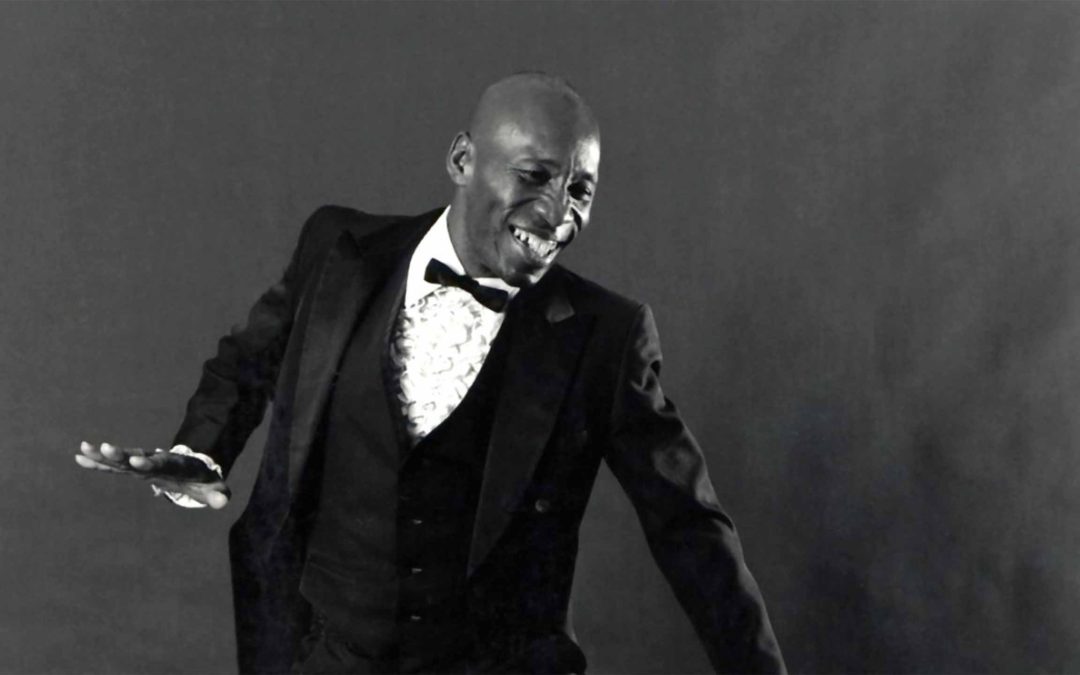by Annie Leo
Melvin Brown, or Movin’ Melvin as he is better known, has had huge success with his highly entertaining and energetic show, A Man, A Magic, A Music. Showcasing snippets of Melvin’s career and life., the show has had rave reviews around the world. Since he was a small child, Melvin knew where he wanted to go with his life.
“On my first day of kindergarten the teacher asked if anybody could dance and I replied that I could. I’d only seen my sisters dancing but figured I could do it too. When the rest of the class yelled and clapped, I knew what I wanted to do from that point on.”
His singing came from his church years where, typical to the Hollywood portrayal, the gospel churches rock and rolled their messages into parishioners. During his early years, there was a lot of black music around but nobody would play it on the radio and it wasn’t until the ’50’s that a surge of black music started emerging.
“The ’50’s was one of the most creative times for music in history. The Temptations, Wilson Pickett, The Miracles – people were wondering where all these people came from. From that point on. I was inspired and got a band together and started touring.”
Melvin has worked with the likes of Willie Nelson, and James Brown and has performed for Oprah Winfrey as well as opening for Harry Connick Jur on his Australian tour. After touring, setting up a singing telegram service in Texas, helping the homeless and working with a male revue, Melvin started work on his own homeless project called Change This World Project. He has written books on philosophy and psychology, recorded four CD’s and busks and performs around the world to raise money for his project. He also has his own website – www.movinmelvin.com which provides further information on the man and his project.
For the meantime, in his first Adelaide Fringe, Movin’ Melvin is enjoying responsive and appreciative audiences who foot tap and clap their way through countless musical favourites while learning a little bit about music, a a way of life from the ’50s to today.
-It’s a history of music, a history of myself, a history of the country (the States) and a history of black people.”

